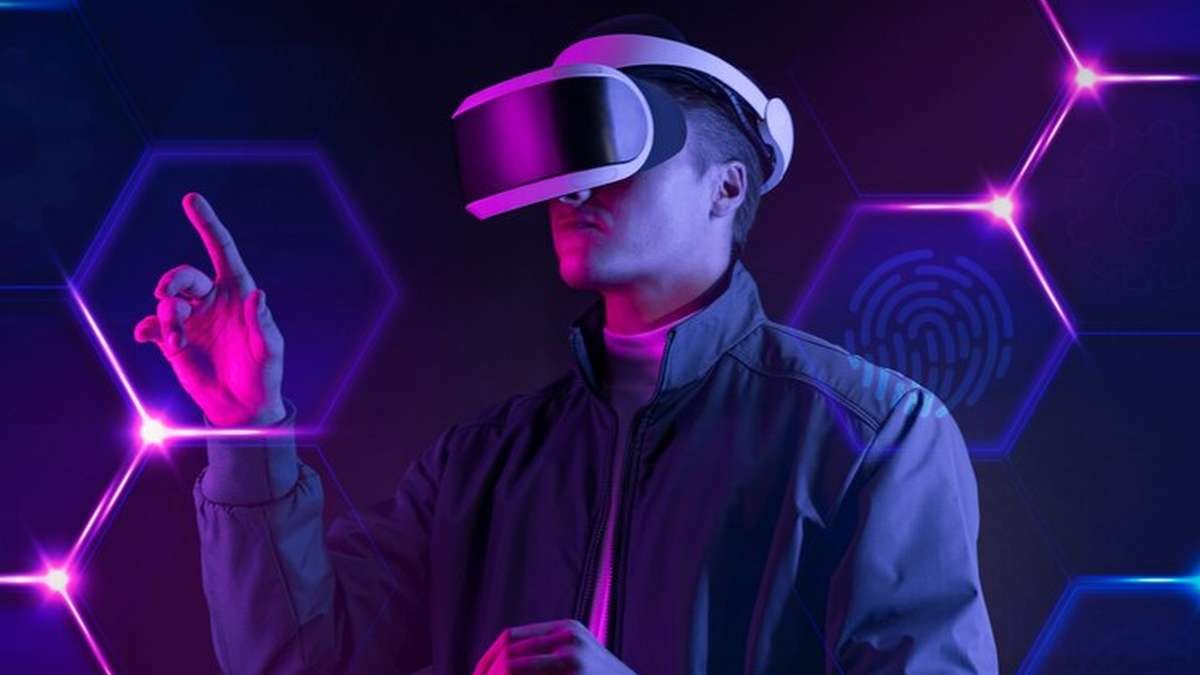Reading has evolved with technology, and augmented reality (AR) is transforming the way we interact with books. It’s no longer just about flipping pages but immersing ourselves in a world where words come to life.
Integrating Augmented Reality into Reading
AR combines digital elements with the physical world, allowing readers to experience content in an immersive way. Today, publishers and developers have incorporated this technology into children’s books, educational texts, and interactive literature.
For instance, mobile apps can scan pages to unlock animations, audio narrations, and 3D images that enhance the content beyond printed ink. This makes learning more dynamic and engaging, especially for students and young readers.
Success Stories: Books That Come to Life
Some initiatives have demonstrated the impact of AR on reading:
- “Between Worlds”: A book that, when scanned with an app, allows readers to see moving characters and 3D scenes.
- Educational AR books: Many school textbooks have adopted this technology to display interactive models in biology, history, and physics.
- Immersive storytelling experiences: Some novels incorporate visual and sound effects as the reader progresses, creating a deeper connection with the story.
The Future of Augmented Reading
AR will continue to evolve, improving accessibility and personalization in books. With the development of more advanced and affordable devices, we may see AI integration adapting texts to a reader’s interests or even creating literary worlds where users can interact directly.
Reading will no longer be a passive activity but a sensory experience that connects readers with books in ways never imagined before.
📚 Discover the future of digital reading with Bookset! Immerse yourself in an innovative experience that will transform the way you enjoy books. 🚀
#AugmentedReality #InteractiveReading #BooksOfTheFuture

